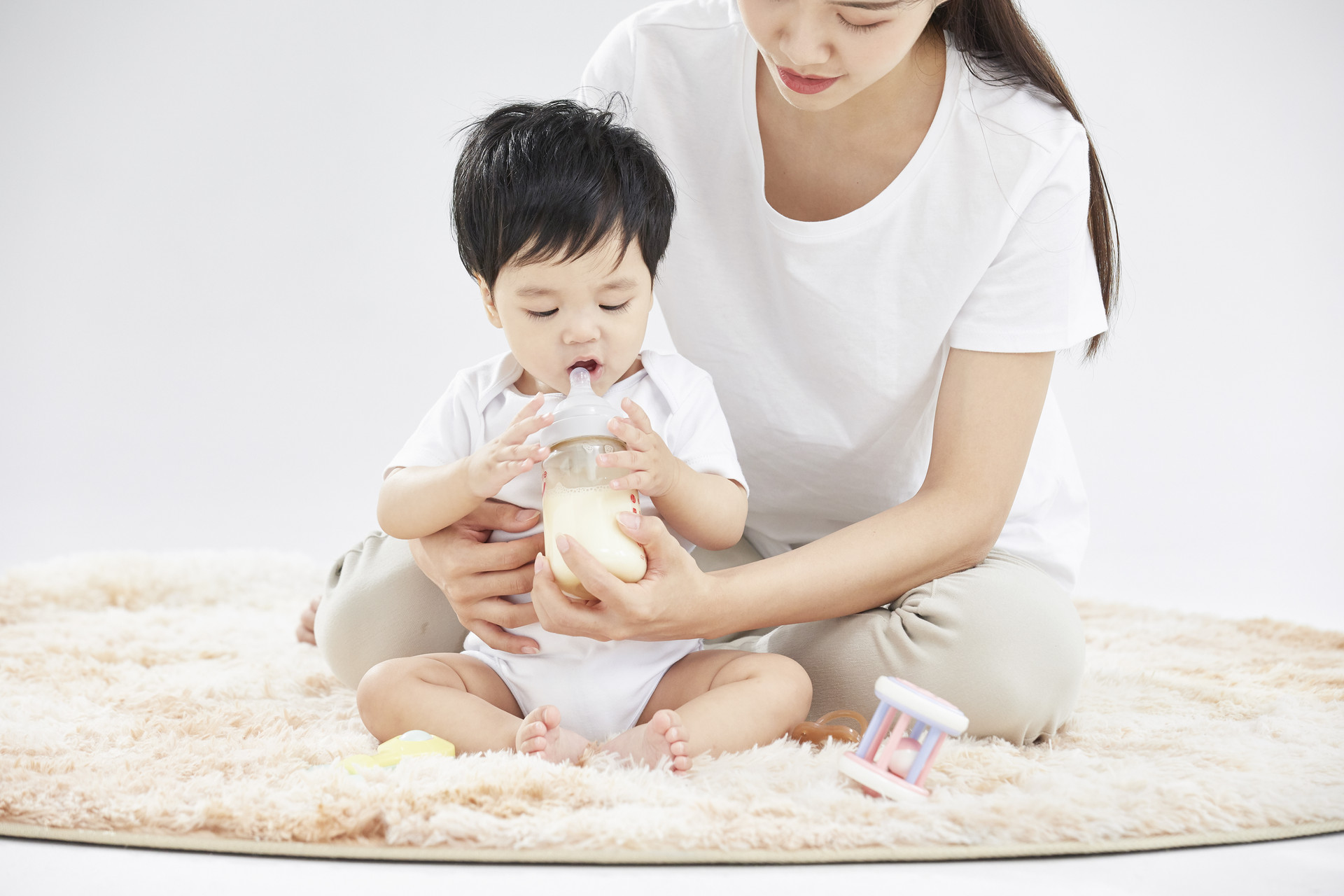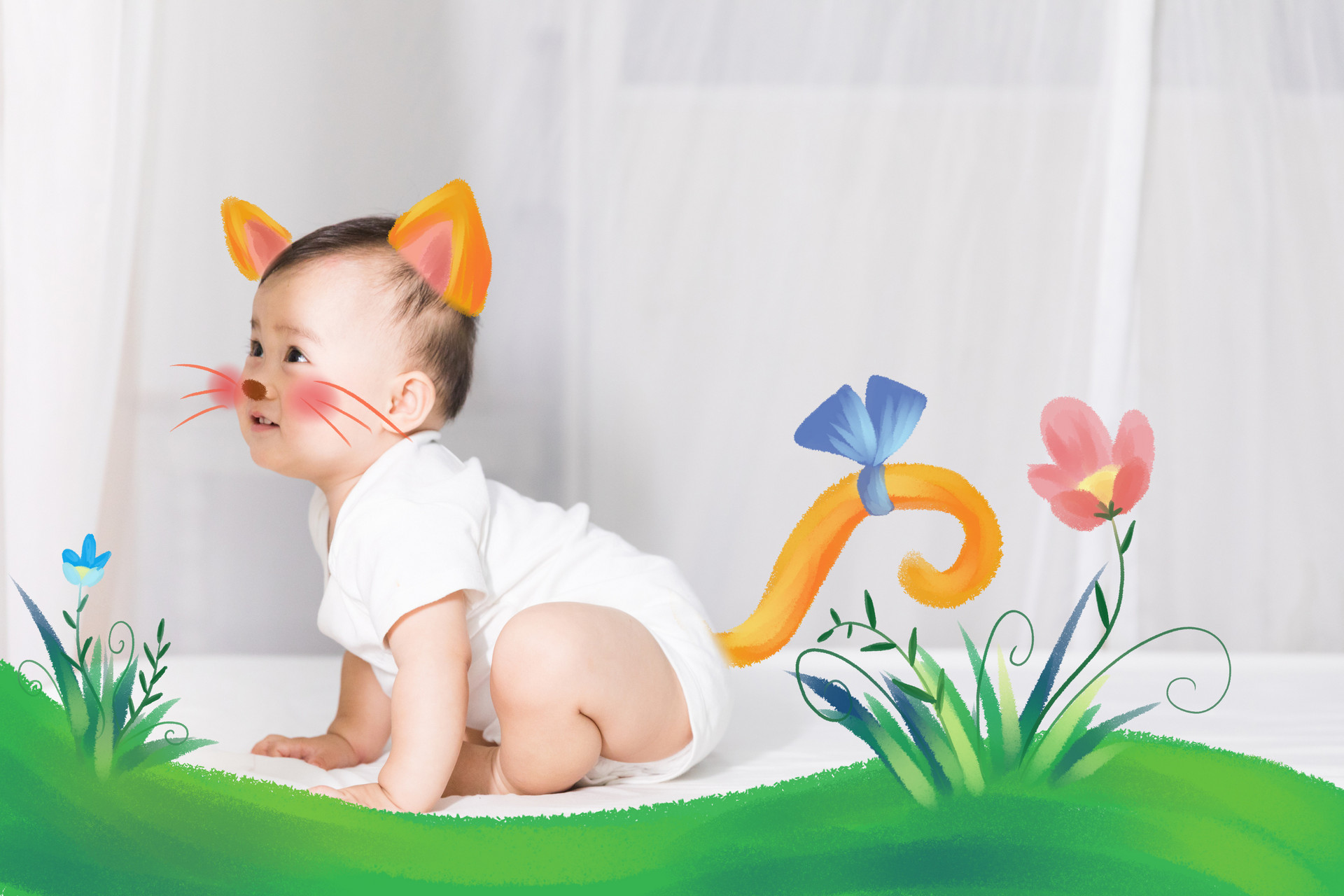The eyes are the windows to the soul, but in the summer, these windows are susceptible to infections. Conjunctivitis is a common eye disease in children. So, how can we prevent conjunctivitis in babies? What should we pay attention to in our daily lives?
Daily precautions for conjunctivitis in babies
1. Wash hands and face frequently
Conjunctivitis is contagious through contact, so it is recommended to wash hands frequently. Basins, towels, and handkerchiefs should be kept separate from others and boiled and disinfected regularly to prevent spreading the infection to others.
2. Avoid touching the eyes with hands or sleeves
3. Avoid swimming in public areas
Swimming in public areas is not allowed, and medical staff must wash their hands and disinfect them after coming into contact with patients to prevent cross-infection.
Nursing care for conjunctivitis
1. Keep the eyes clean
Since there is a lot of secretion in the eyes during acute conjunctivitis, relying solely on medication is not enough. It is important to take care of the eyes and keep them clean. Parents can wash the baby's eyes or give them an eye bath with physiological saline or a 3% boric acid solution before administering eye drops to fully exert the medication's effect.
2. Apply cold compresses in the early stage and avoid using steroid eye drops
Applying cold compresses to the eyes at the early stage of acute conjunctivitis can help reduce swelling and redness. Steroid eye drops should be avoided when the inflammation is not under control.
3. Avoid light and heat, and minimize eye usage
When taking the baby outside, parents can have them wear sunglasses to avoid sunlight, wind, dust, and other irritants. In addition, the baby should minimize eye usage and avoid forcing themselves to read or watch TV, and should rest with their eyes closed. To ensure the smooth discharge of eye secretions, reduce local temperature, and prevent the growth of bacteria, the eyes should not be bandaged or covered with an eye mask.
4. Dietary care
Eat a light diet and consume more vegetables, fresh fruits, and maintain regular bowel movements.
How to prevent eye diseases in children
1. Maintain hygiene of hands and personal hygiene items. Avoid rubbing the eyes with hands, as it can introduce bacteria or viruses and worsen the infection.
2. Children often spend time in collective living and learning environments, which makes it difficult to avoid contact with each other. The secretions from the eyes are highly contagious, so it is best not to go out when infected with infectious conjunctivitis, and objects that have been in contact should be disinfected.
3. Children have a poor sense of safety, so parents and schools should pay attention to cultivating children's self-protection awareness and avoid contact with toxic and harmful substances to reduce accidents.
4. Eye rinsing: When the child has excessive eye secretions, physiological saline can be used for rinsing, but it should be done under the guidance of a doctor. Before rinsing, clean the eyelid edge with a sterilized cotton swab.
5. Children have a high metabolism and need to enhance their physical fitness, improve resistance, and reduce the risk of infection.
6. Do not cover the affected eye: Children with conjunctivitis may experience symptoms such as light sensitivity and tearing. When going out, they can wear sunglasses to reduce irritation, but they should avoid covering the affected eye.
Several foods that are beneficial for baby's eyes
1. Calcium
Adequate calcium intake is also beneficial for the eyes, as calcium helps relieve eye muscle tension. Foods rich in calcium include soybeans and soy products, dairy products, fish, shrimp, dried shrimp, kelp, squid, nuts such as peanuts and walnuts, lotus seeds, mushrooms such as shiitake mushrooms, mushrooms, black fungus, leafy vegetables such as spinach, celery, amaranth, coriander, rapeseed sprouts, etc.
2. Vitamin C
Vitamin C is one of the components of the crystalline lens of the eye. A lack of vitamin C can easily lead to cataracts. Therefore, pay attention to consuming foods rich in vitamin C. Foods with high vitamin C content include fresh jujube, green vegetables, cabbage, cauliflower, green peppers, bitter melon, rapeseed, tomatoes, bean sprouts, potatoes, radishes, citrus fruits, oranges, strawberries, hawthorn, apples, etc.











